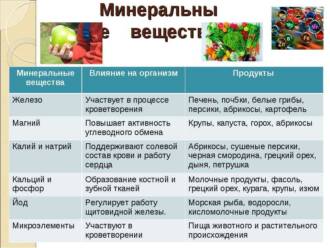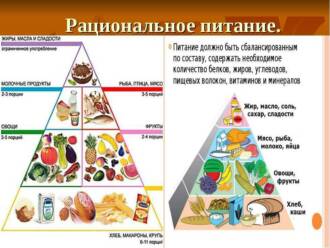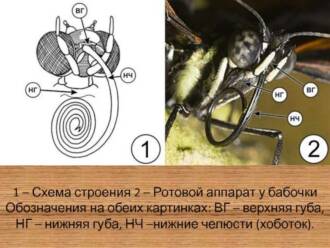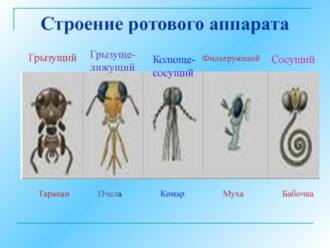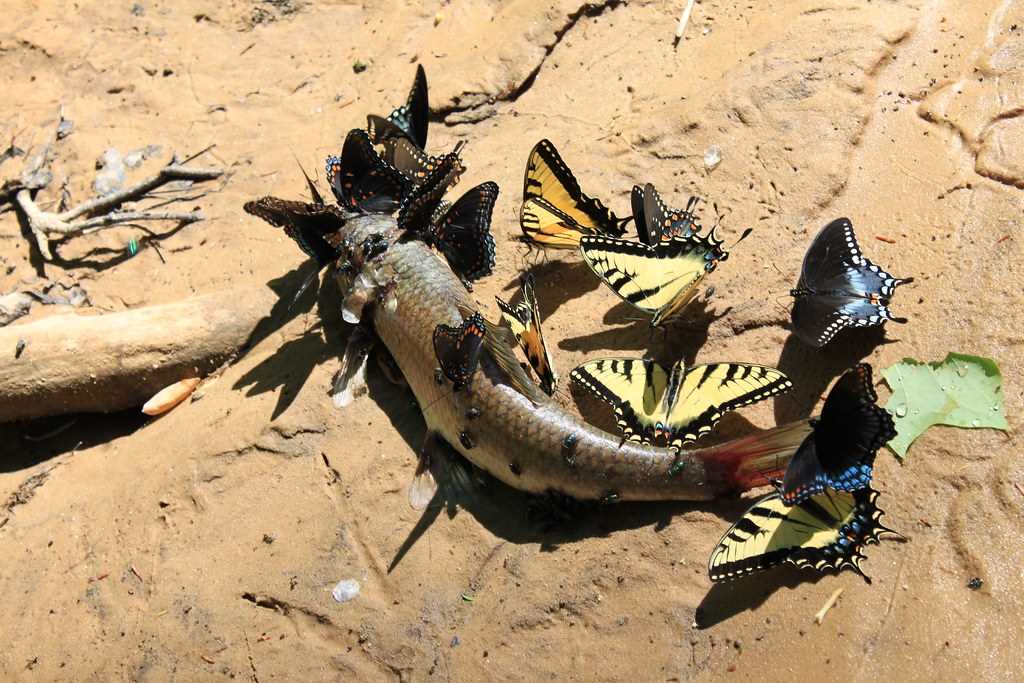
Moths are amazing creatures that attract attention with their colorful wings and mysterious lifestyle. They differ from their daytime counterparts not only in their habit of flying at night, but also in their food preferences. What do moths eat?
As a rule, moths feed on the nectar of flowers. They use their long proboscis to reach deep flowers and dive into them to drink the sweet nectar. But moths are not always limited to only flower nectar - some species can also consume fruit juices or other sweet liquids.
However, there are also moths that do not eat at all - they receive the necessary nutrients during the stages of their development when they are in the form of caterpillars or pupae. Moth caterpillars, unlike adults, feed on vegetation, which is usually their only food during their entire existence in this stage.
Plant Nutritional Range
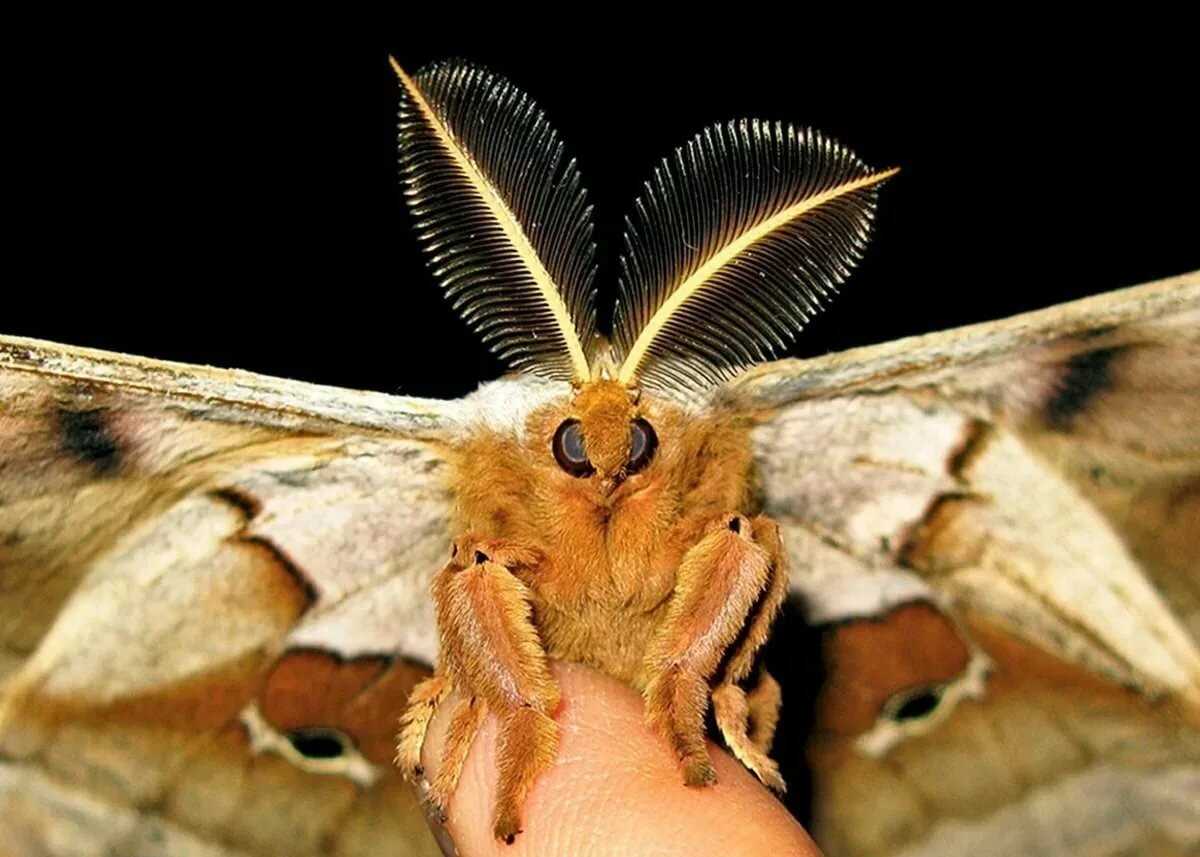
What is a moth? These mysterious creatures, active during the night, also need food. Their main food source is plants.
Moths can feed on a variety of plants depending on the species. Some prefer flowers that bloom at night, such as night violets or clematis flowers. Others may feed on sap from trees or shrubs, penetrating their trunks or leaves.
The plant nutritional range of moths can be wide and varied. They can feed on leaves, flowers, pollen or nectar. Some species even prefer certain types of plants and can be very selective in their diet.
Plant nutrition provides moths not only with energy, but also with the necessary nutrients for their survival and reproduction. Thanks to their feeding method, moths play an important role in pollinating plants and maintaining the ecological balance in nature.
Flower nectar: the main source of energy
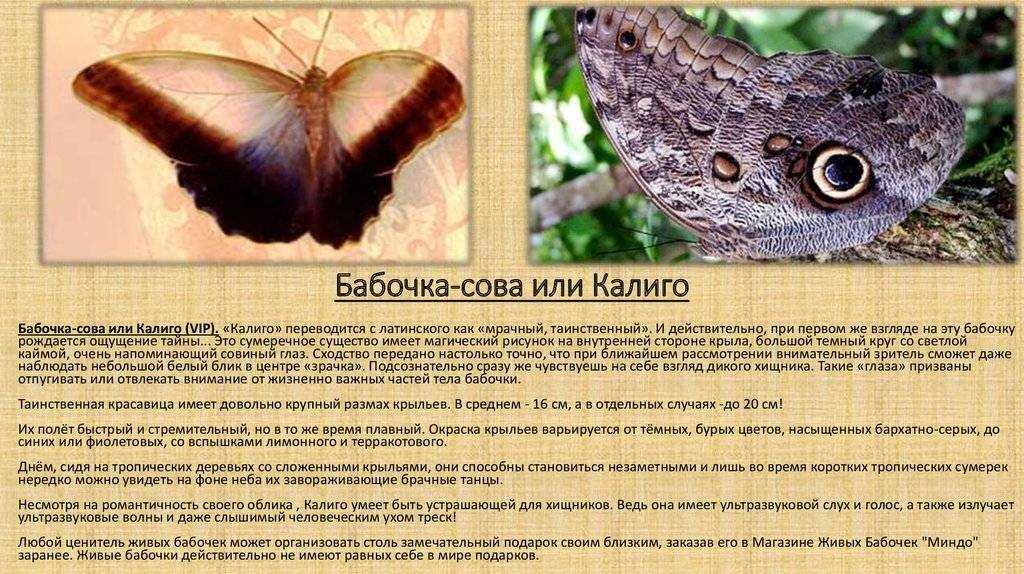
Moths are special creatures that differ from their daytime relatives. They have unique adaptations for attracting and feeding. The main source of energy for moths is flower nectar.
Nectar is a sweet liquid that some flowers secrete. It attracts insects with its aroma and bright colors. Moths use their long mouthparts, called papillae or proboscis, to get to the nectar. They carefully unfold it and dip it into the flower to suck out the sweet nectar.
Nectar is an important source of nutrition for moths. It contains sugars that provide them with energy for flight and life. In addition, nectar contains other beneficial substances such as vitamins and minerals necessary for maintaining health and reproduction. Thanks to nectar, moths can maintain their activity in the dark and saturate their bodies with essential nutrients.
Fruits and juices: an additional source of nutrition
In addition to the flowers and nectar that moths prey on, they can also obtain food from the fruits and juices of various plants. This is an additional source of nutrition that allows them to get the necessary nutrients and energy.
Fruit are one of the main sources of food for many species of moths. They can eat the fruits of a variety of plants, such as berries, fruits and nuts. The fruit contains many beneficial substances, including vitamins, minerals and antioxidants, which help maintain the health and energy balance of moths.
Juices They are also an important source of food for moths. They can feed on the juices of various plants, such as the juices of flowers or the juices secreted from wounds on tree trunks. The juices contain sugars and other nutrients that provide moths with the energy they need to fly and reproduce.
So, fruits and juices represent an additional source of food for moths, in addition to flowers and nectar. These food resources provide butterflies with essential nutrients and energy, allowing them to survive and thrive in their habitat.
Leaves and stems: an unusual choice for moths
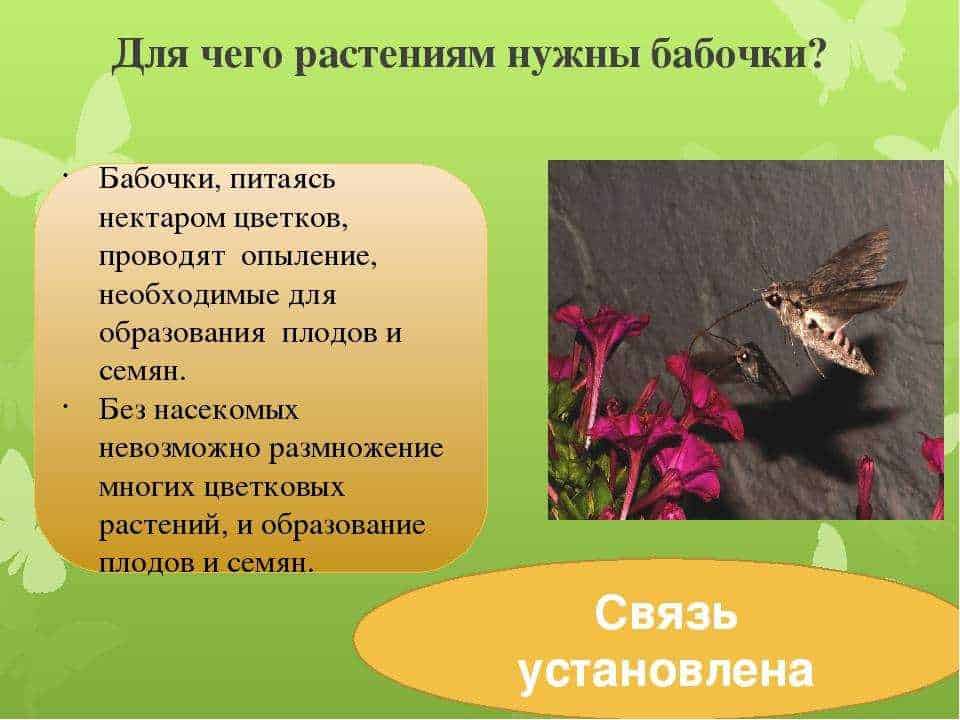
What is a moth? These mysterious creatures, mostly active at night, have their own peculiarities in nutrition. Unlike their daytime counterparts - butterflies, which feed on flower nectar, moths prefer leaves and stems of plants.
Moths can be polyphagous or monophagous. Polyphages feed on a wide variety of plants, while monophages prefer a specific type of plant. They can choose leaves and stems from different types of plants depending on their preferences and needs.
Some moths prefer the leaves and stems of trees such as willow, birch or oak. They may also feed on the leaves of shrubs such as currants or honeysuckle. There are also those that prefer meadow plants, such as mint, yarrow or dandelion.
Leaves and stems are an unusual choice for moths, but this is exactly what helps them survive and thrive. They find their food in the dark, adapting to their environment and providing themselves with the nutrients they need.
Fruit juices and wood secretions: the special taste of moths
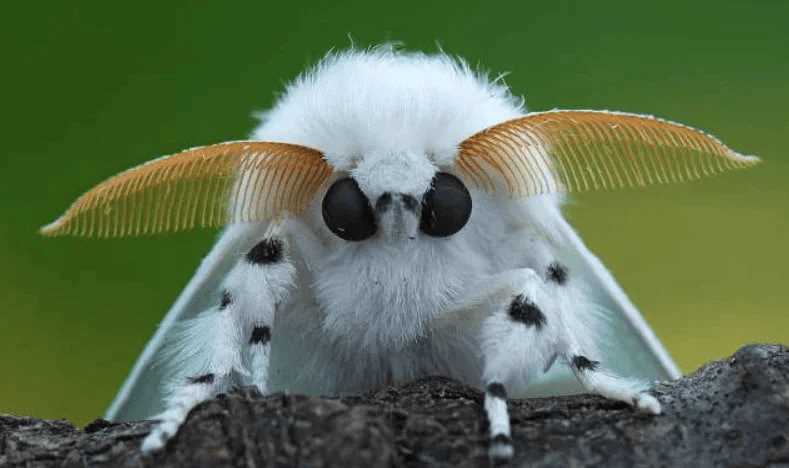
Moths are mysterious creatures with amazing feeding habits. They prefer to consume fruit juices and tree secretions, which gives them a special taste and distinguishes them from other insects.
What is a moth? It is active at night and is often attracted by the smell of fruit juices. Butterflies enter flowers and drink nectar, which is their main source of nutrition. However, some species of moths can also become addicted to feeding on tree secretions.
Fruit juices are a rich source of nutrients for moths. They contain sugars, vitamins and other beneficial components that provide energy and support the vital activity of these insects. Butterflies actively visit flowers to get enough of fruit juices and get the necessary nutrients.
Tree secretions are also an important source of food for moths. They contain specific chemical compounds that attract these insects and provide them with the nutrients they need. Butterflies can enter cracks and damage in trees and feed on secretions contained in the wood.
Thus, fruit juices and tree secretions are the main sources of food for moths. These insects have a special taste and prefer to eat food that contains not only energy, but also nutrients. Their predilection for certain foods makes them unique and interesting creatures when studying their lifestyle and behavior.
Saline solutions and propolis: unusual habits of moths
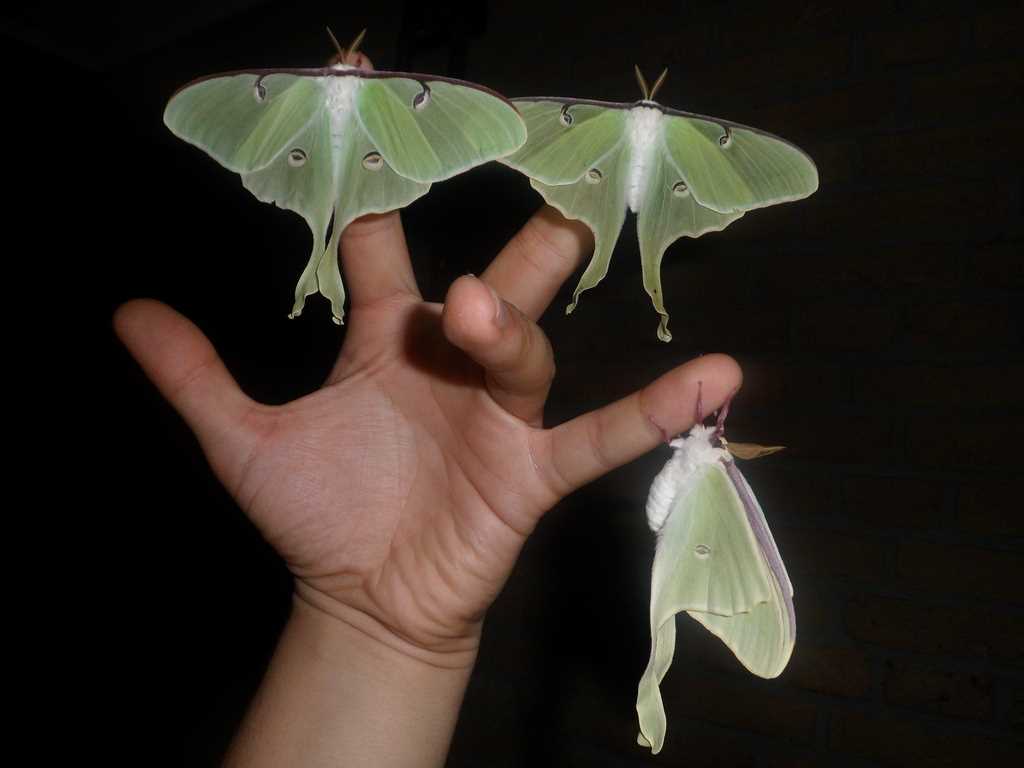
Moths are amazing creatures that have their own special habits and feeding preferences. They differ from daytime butterflies not only in their active lifestyle at night, but also in their food preferences.
One of the most unusual habits of moths is their preference for salt solutions. What is a moth? It turns out that they actively feed not only on flower nectar, but also on juice containing minerals and salts. They drink juices from rotten fruits, wet tree buds, and even animal tears. This allows them to obtain the necessary substances for their development and health.
In addition to saline solutions, moths also show interest in propolis. Propolis is a resinous substance collected by bees and used to protect their hives. Moths are no exception and also show interest in this substance. They actively visit places where bees collect propolis and feed on it. Perhaps propolis contains some valuable substances necessary for moths for their development and survival.
Thus, moths have unusual feeding habits, including a preference for saline solutions and propolis. These habits help them get the nutrients they need and maintain their health. Studying the nutrition of moths allows us to better understand their unique adaptations and lifestyle features.

